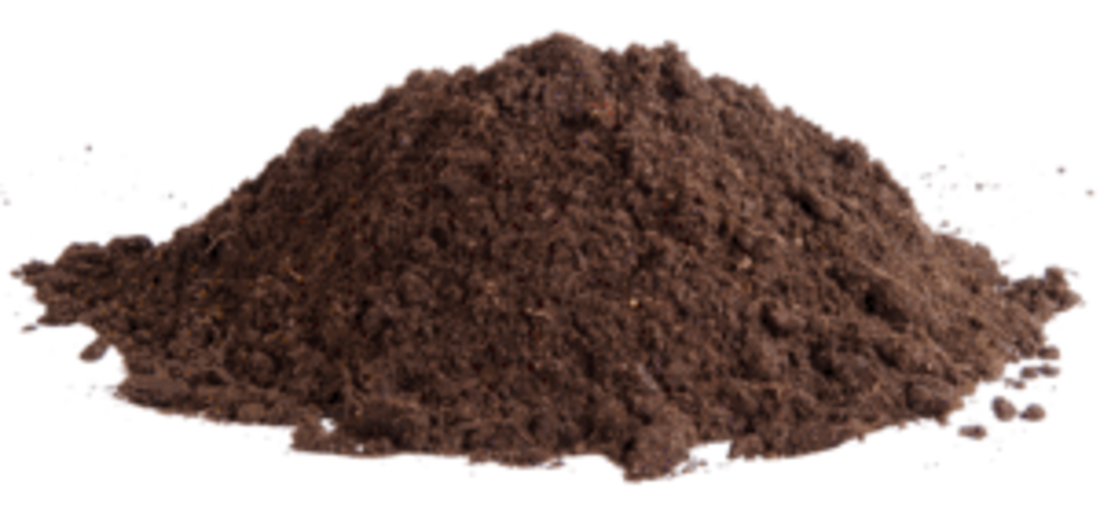DETERMINATION OF NITRATE IN SOILS
The Nitrate electrode is calibrated with standardizing solutions of known Nitrate concentration. Nitrate levels in the prepared samples can then be read either directly or from the calibration graph depending on the equipment used.
Equipment Required:
- pH/Ion Analyzer or pH Meter with millivolt scale
- Nitrate Combination Ion Selective Electrode
Reagents;
Ionic Strength Adjustment Buffer (ISAB) 2 Molar (NH4)2SO4
Standard Nitrate Solution (1000 ppm NaNO3) .
Preservation Solution
Standards Preparation
Preservation Solution - Dissolve 0.1 gm of phenylmercuric acetate in 20 ml of dioxane. Dilute to 100 mls with distilled water. Add 1 ml of this solution to each liter of distilled water to be used to prepare all samples and standards.
Prepare standards of 100, 10, 1 and 0.1 ppm by serial dilution of the 1000 ppm Standard Nitrate Solution. Dilute each standard with an equal volume of distilled water w/preservation solution. Add 2 ml of ISAB per 100ml of each standard.
Sample Preparation:
Disperse 10 gm of air-dried soil in 20 ml of distilled water. Mix thoroughly with a stirring rod. Allow to stand for 1 hour, stirring occasionally. Filter sample through a non acid-washed filter paper.
Method:
Immerse the electrodes in each of the standards in increasing concentration steps, rinsing the electrodes with distilled water between standards. Plot a graph on semilog paper of mV response against standard concentration.
Transfer equal amounts of sample and ISAB into a beaker, immerse the electrodes in the sample, record the mV response and plot sample concentration from the graph.
This determination may be carried out directly in concentration units by use of the "Activity" (or “Concentration”) modes on pH/Ion analyzers.
Calculations:
Sample concentration as read from the graph or direct from the display (if a pH/Ion analyzer is used) should be multiplied by 2, to allow for sample dilution.
Interferences;
Chloride ion and bicarbonate ion interference are removed by the ISAB as are
NO2-. CN-, Br - and S- .
